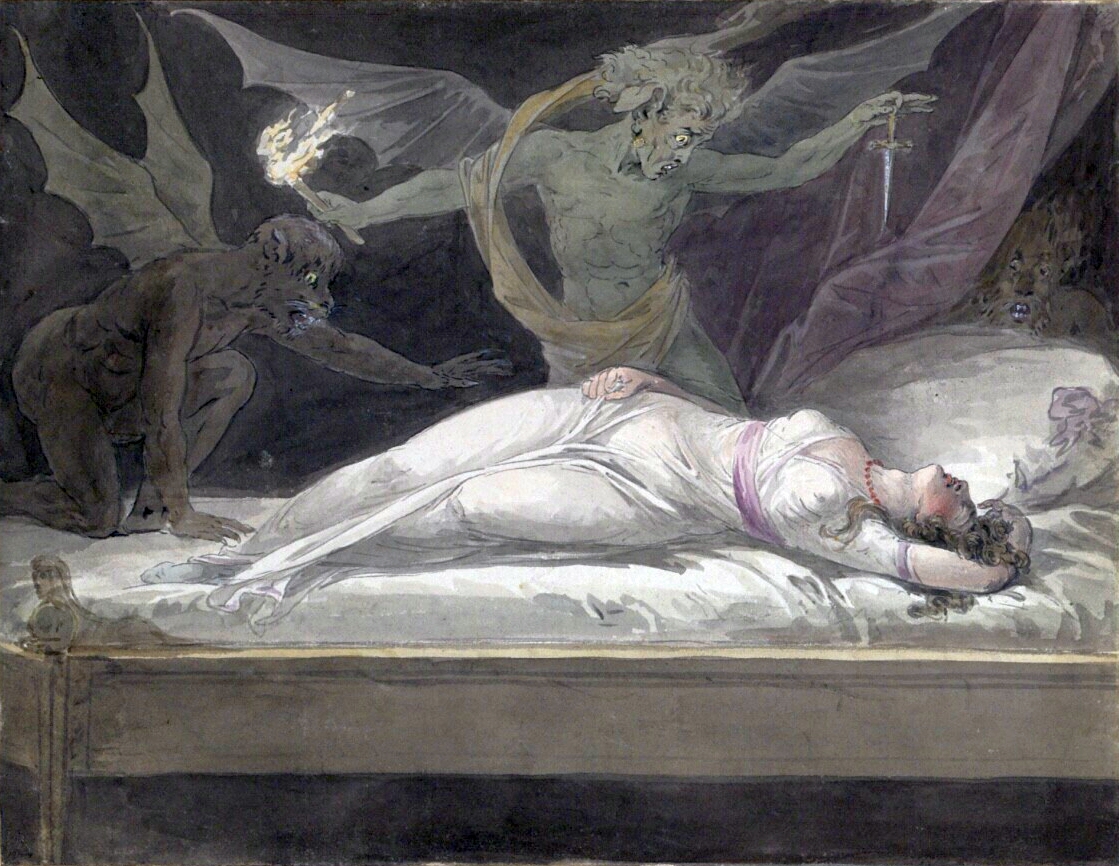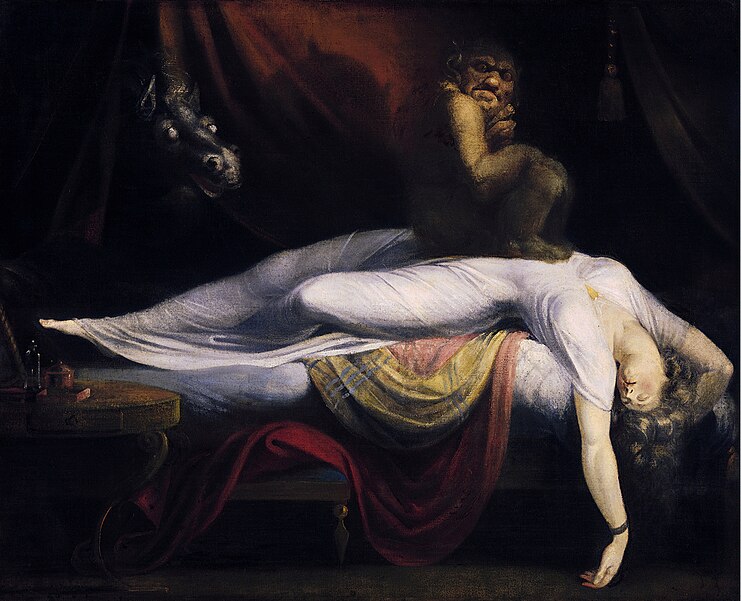An important part of the Harry Potter story is the infamous villain Voldemort, who is so fearsome that the general populace are too afraid to say his name out loud. Instead, they call him “He who must not be named” or “You-know-who“.
The phenomenon of taboo avoidance of names is fascinating and examples can be found all around the world.
In ancient China and Japan, it was forbidden by law to say the emperor’s name, to the point that the names of some historical figures have been forgotten.
Some Australian Aboriginal cultures do not refer to their dead by name during the mourning period, but instead use titles such as kunmanara, translating to “what’s his name”.
In cultures speaking Highland East Cushitic languages such as some parts of Ethiopia, women practice ballishsha – a system where they avoid pronouncing any words beginning with the same syllable as the name of their mother or father-in-law.
This is called avoidance speech and it is typically used as a sign of respect or fear. For example, there are cases of cultures avoiding saying the name of demons or other evil creatures in fear that calling its name may summon it.
Perhaps the best example of this is the bear.
The old word for bear is arkto (note that Arctic comes from the same Latin roots, as the North is associated with the constellation Ursa Major and Minor – the bear). However, the bear is a fearsome wild beast and it was thought that saying its name would summon it, which would be particularly problematic if you were a hunter.
So instead, they used the word bear, which comes from the Proto-Indo-European word for “the brown one“. This practice became so commonplace that this euphemism became the present formal name for this animal.





